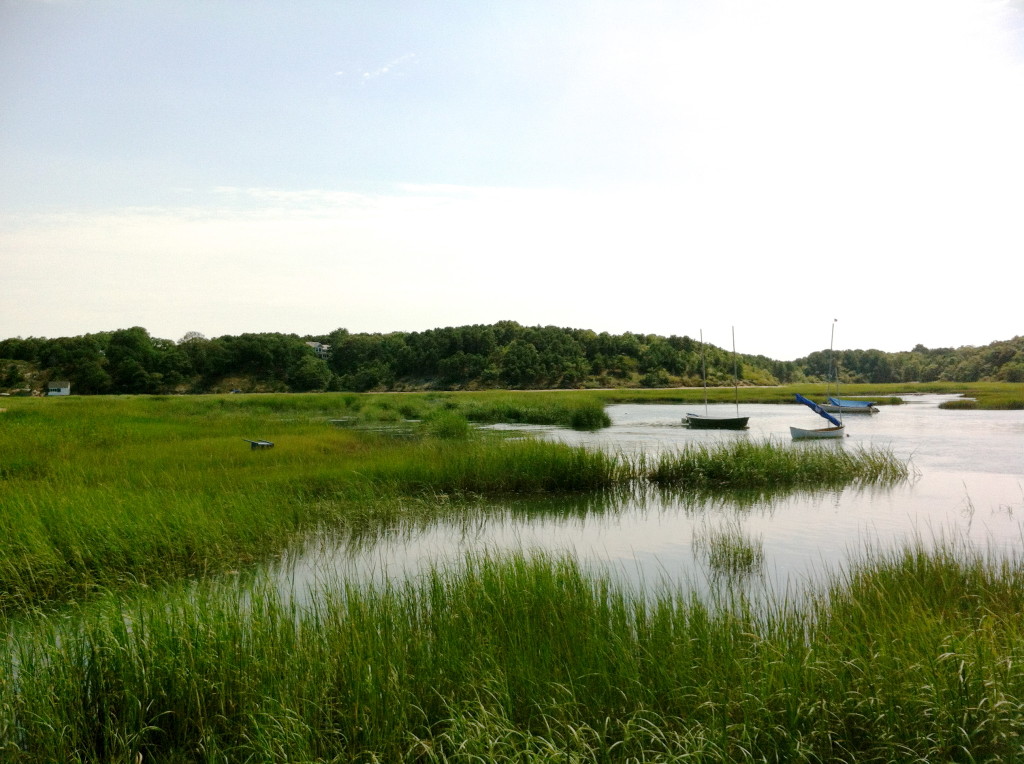Research ProjectBioacoustics and Biodiversity
Bioacoustics and Biodiversity
Affiliated Labs
Project Goal
To understand links between acoustic conditions and biodiversity; to examine impacts of anthropogenic noise on marine communities
Description

Did you know that whales, fish, lobsters, crabs, and even molluscs make sounds? The ocean was once called "The Silent World", but in reality, it is far from silent. The collective voices of marine animals create complex underwater "soundscapes," which can provide insights into the composition of animals living within particular habitats.
A new field of ecology, called "acoustic ecology", has emerged to study soundscapes. Scientists are trying to understand how, when, and why various animals produce sounds. Furthermore, by quantifying the types of sounds in different habitats, we can gain insights about the types of animals occupying these habitats. For example, a coral reef has a very different soundscape compared to a muddy estuary. In addition, a healthy coral reef with high biodiversity may have a more complex soundscape compared to a degraded reef with fewer species. Understanding these differences is central to the bioacoustics and biodiversity research project.

Traditional methods used to sample biodiversity, such as visual fish counts, are difficult to implement in turbid waters, during the winter, at night, and in the open ocean. The benefit of passive acoustics is that it can be conducted at times when other methods are not feasible.

Anthropogenic ("man-made") sounds can have negative impacts on marine animals. It is well understood that road traffic can increase stress and decrease survival of animals living on land. But how does noise in the ocean affect marine life? Due to cargo ships, small watercraft, coastal construction, and sonar, humans have added a tremendous amount of noise to coastal environments. We hope to learn how this noise affects marine animals and how we may mitigate the impacts. Watch Erica Staaterman's TEDx talk about anthropogenic noise here.
Quantifying Bioacoustics and Biodiversity:
- US Mid-Atlantic Continental Shelf: We are working with partners in the Mid-Atlantic Biodiversity Observation Network to study habitat use and migrations of whales, dolphins, porpoises, and other sound-producing animals. This will allow us to learn more about critical migratory corridors, seasonal patterns in abundance, and other aspects of the ocean soundscape.
- Chesapeake Bay, Maryland: Bioacoustics allowed us to track the Rhode River's top predator during summer, Tamanends bottlenose dolphin, to it's wintering grounds in the ocean off of Ocean City, Maryland. Each individual dolphin has a unique signature whistle that was detected on hydrophones in each location at different times of year
- Chesapeake Rivers, Maryland and Virginia: Low-cost hydrophones called AudioMoths (deployed on land) and HydroMoths (deployed underwater) have helped us identify river herring spawning habitat based on the splashing sounds these fish make when mating.
- Bocas del Toro, Panama: Sound-producing species like the Bocon Toadfish and snapping shrimp dominate the soundscapes of coral reefs on the Caribbean coast of Panama. These species spend most of the day in hiding, but monitoring the sounds they make is an easy way to include them in biodiversity assessments.




